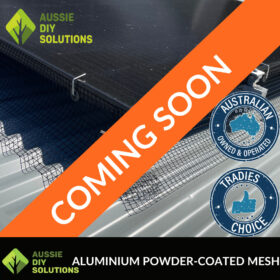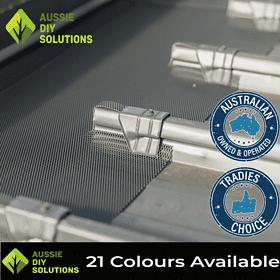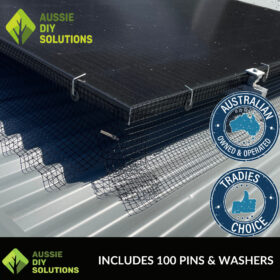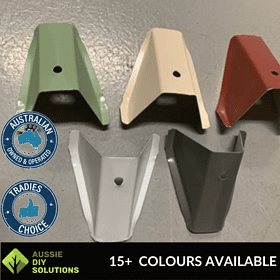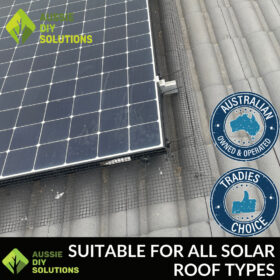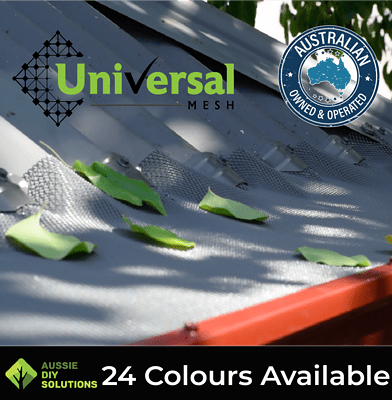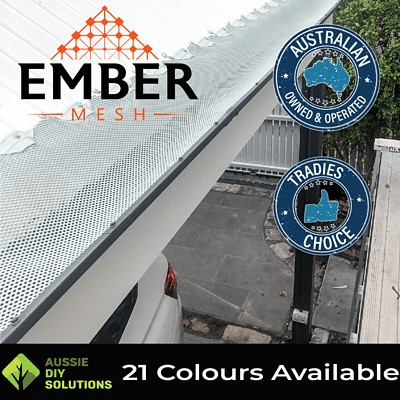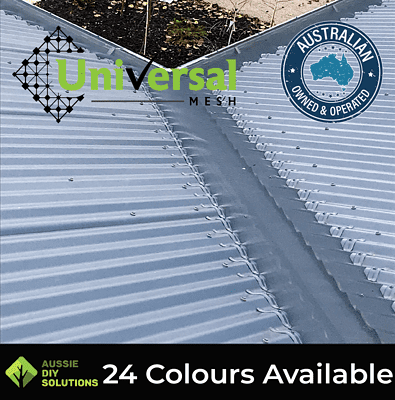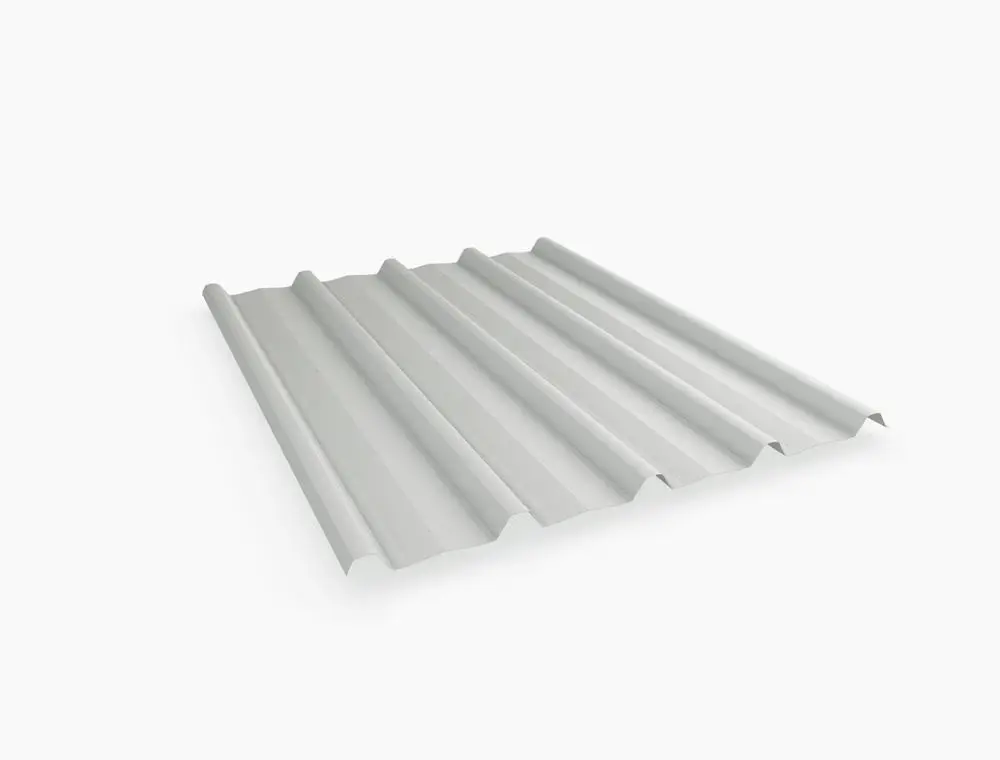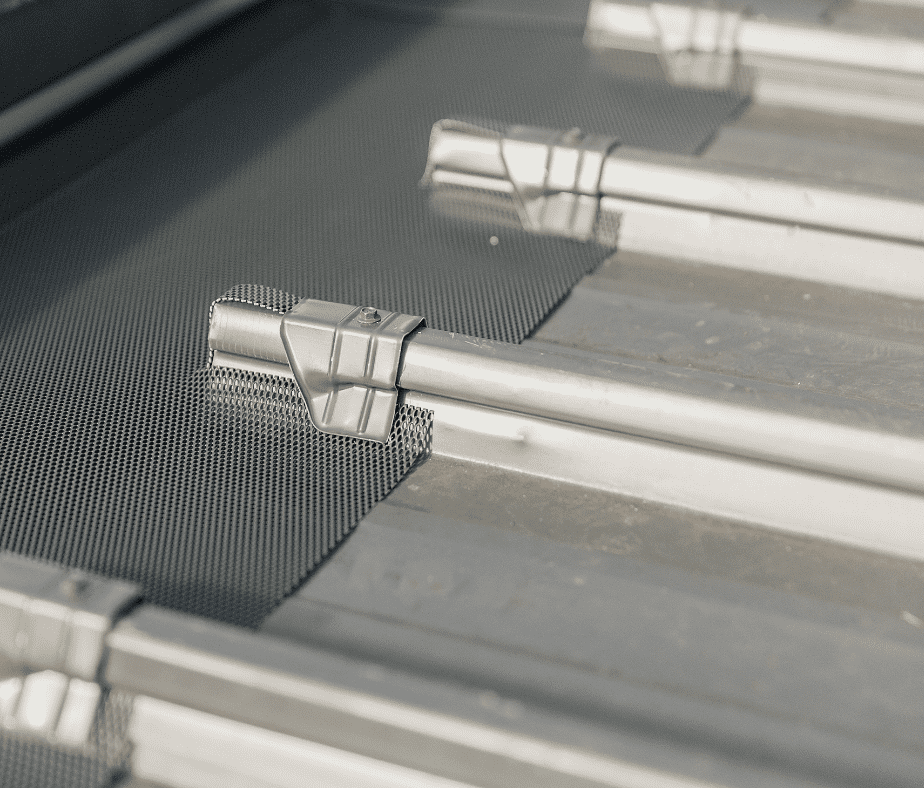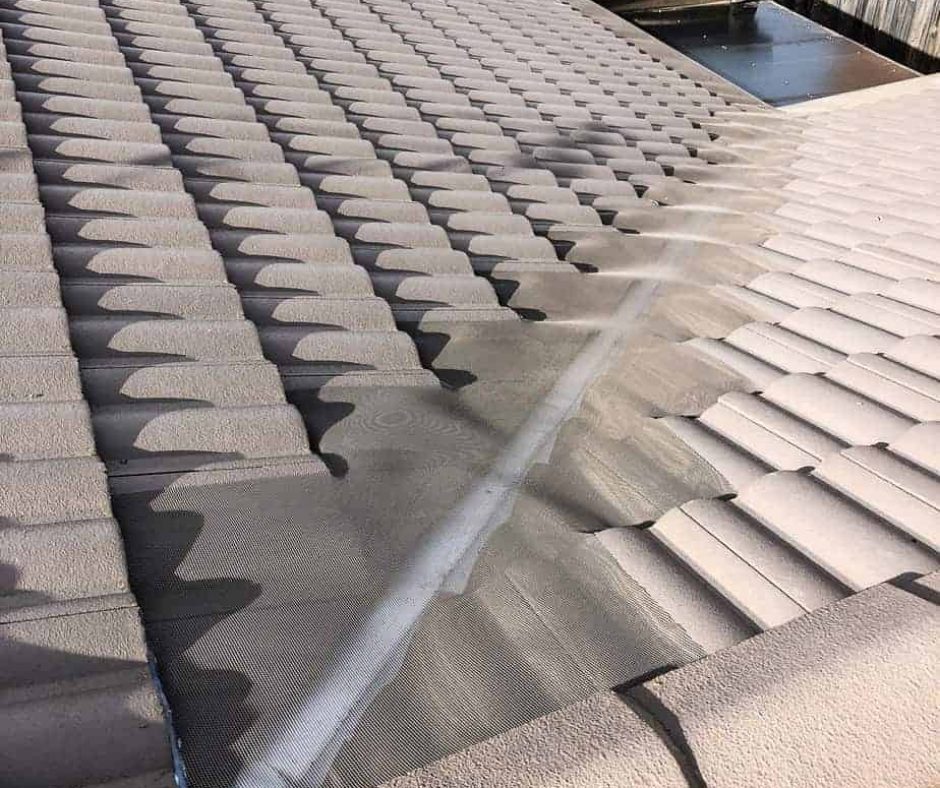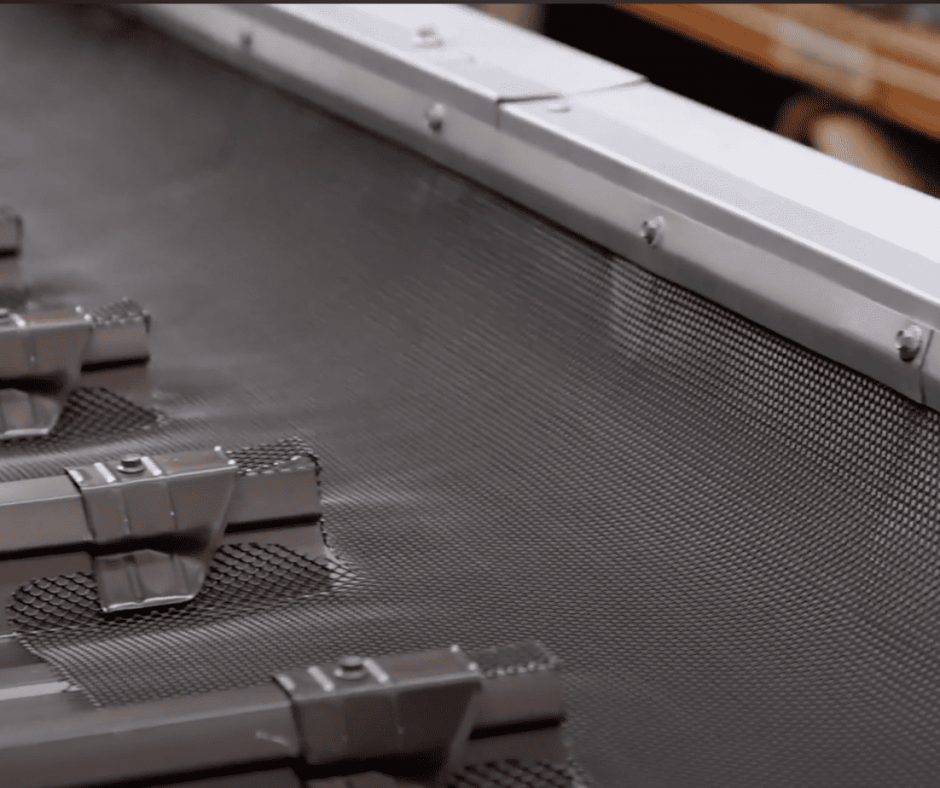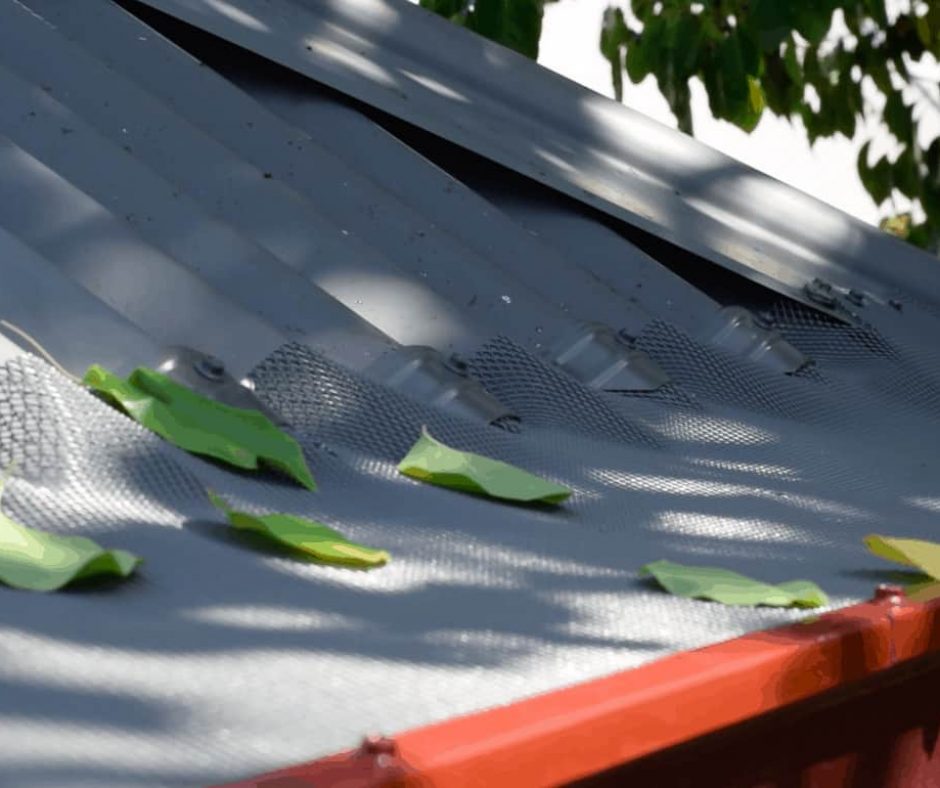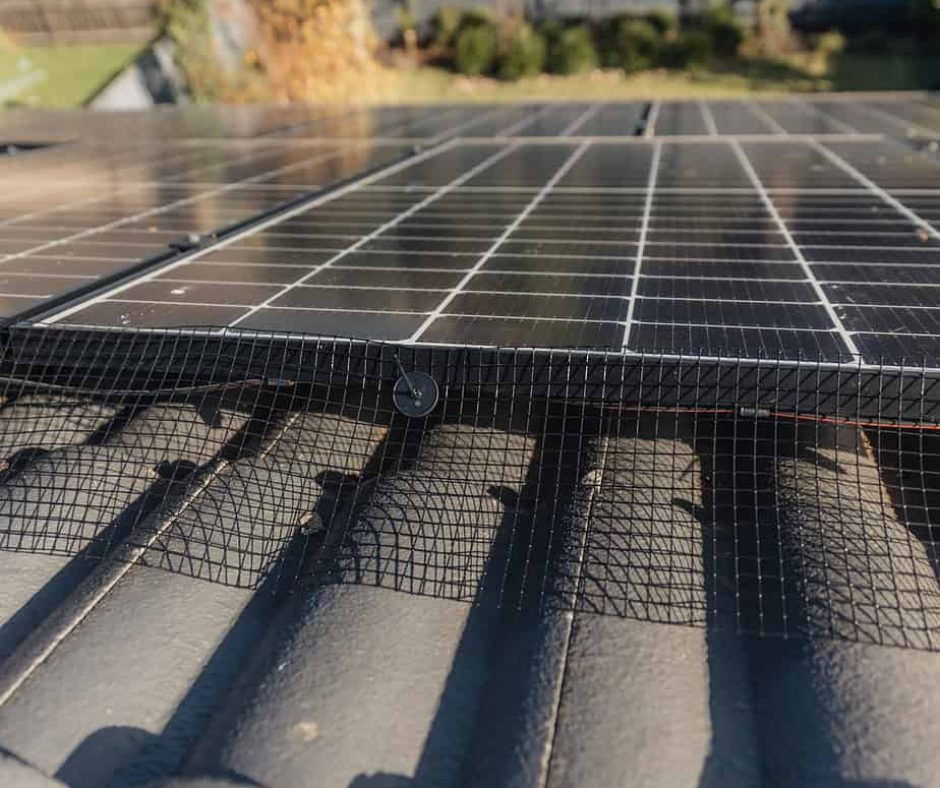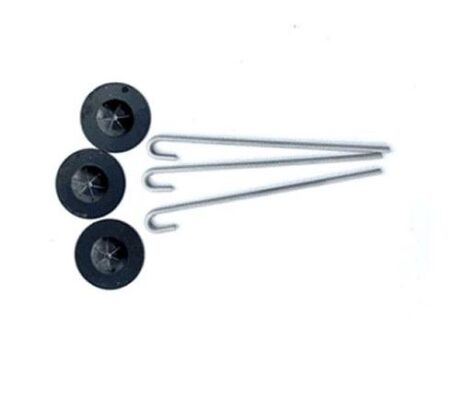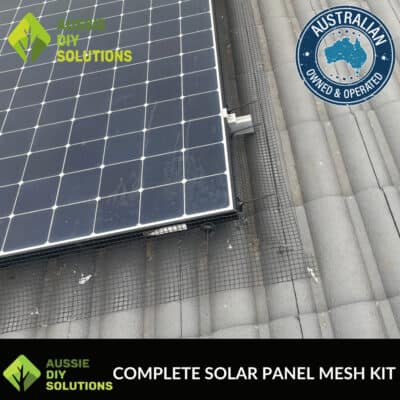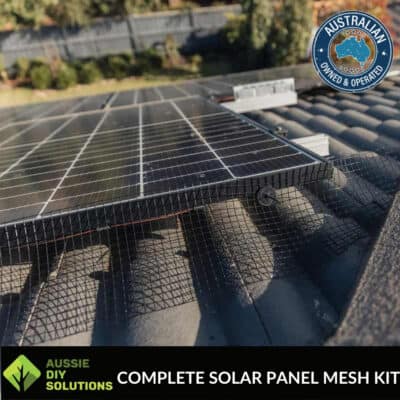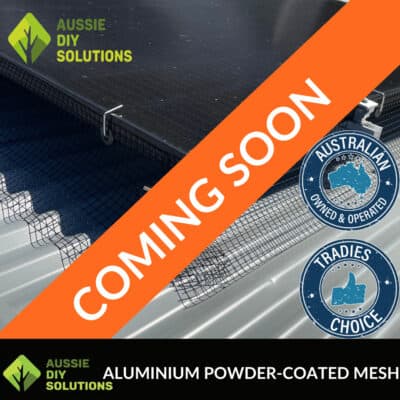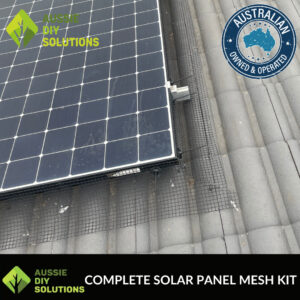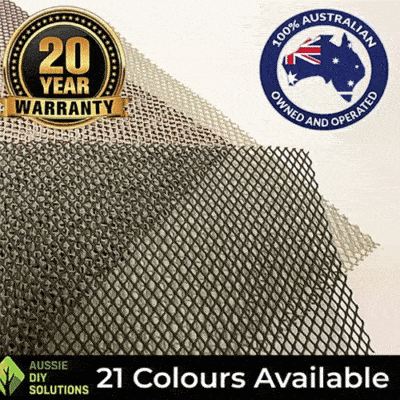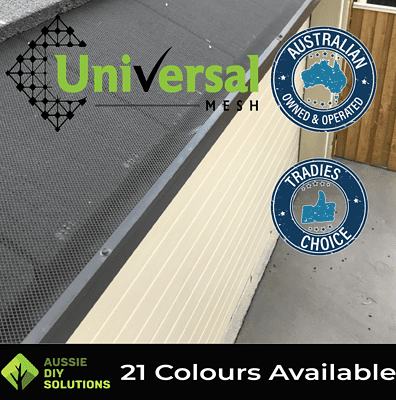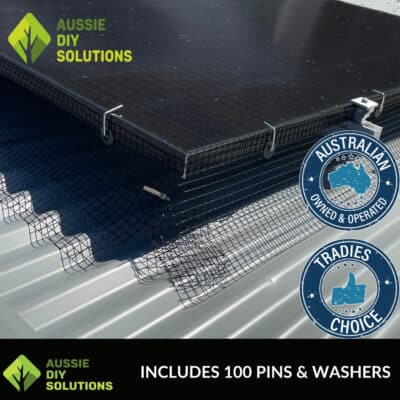Eavestrough gutter guards are designed to keep your gutters clear of leaves and debris, ensuring proper water flow and protecting your home from potential water damage. In this guide, we’ll explore what gutter guards are, how they work, and the benefits they offer, helping you make an informed decision for your home’s protection. Additionally, various accessories can complement eavestrough gutter guards to enhance their functionality and user experience.
Introduction to Gutter Guards
Gutter guards are an essential component of a home’s exterior, playing a crucial role in protecting the gutter system from debris and damage. By installing gutter guards, homeowners can prevent clogged gutters, reduce maintenance, and ensure the free flow of rainwater. Gutter guards come in various types, including screen, micro-mesh, reverse curve, brush, and foam, each with its unique features and benefits. For instance, aluminum gutter guards are durable and resistant to corrosion, while leaf guards are designed to prevent leaves and debris from entering the gutters. In this section, we will explore the importance of gutter guards, their types, and their benefits in maintaining a healthy gutter system.
Key Takeaways
Eavestrough gutter guards are essential for ensuring that eavestroughs effectively collect water and prevent clogs, which can cause significant water damage to homes and maintain proper drainage.
Different types of gutter guards, such as screen, micro-mesh, and foam, have varying benefits and drawbacks, making it crucial to choose based on specific environmental needs.
Regular maintenance and proper installation of gutter guards are key to ensuring effective performance and preventing common issues like clogging and ice buildup.
Understanding Eavestroughs and Gutter Systems
Eavestroughs, also known as gutters, are an integral part of a home’s exterior, responsible for collecting and diverting rainwater away from the roof and foundation. A well-designed and maintained eavestrough system is essential to prevent water damage, erosion, and structural issues. The system consists of gutters, downspouts, and leaf guards, which work together to ensure the smooth flow of rainwater. Understanding the components and functioning of eavestroughs and gutter systems is vital to identify potential problems and take preventive measures. Regular maintenance, including gutter cleaning and inspection, is necessary to ensure the system operates efficiently and effectively.
Understanding Eavestrough Gutter Guards
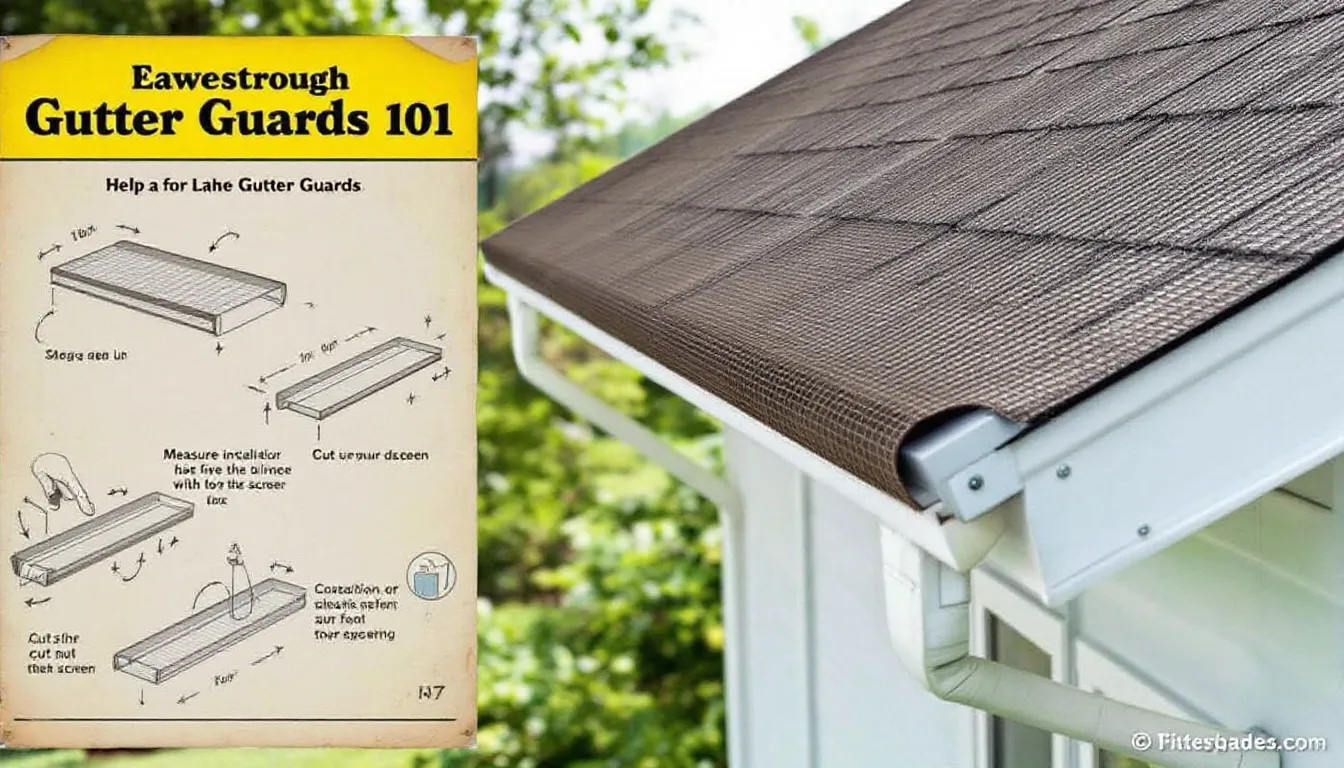
Eaves, which are often not given much attention, play a vital role in safeguarding your residence by guiding rainwater away from the base of your home. Lacking an efficient drainage system, the resultant water damage from rain can lead to mold and potentially compromise the structural integrity of your home. Eaves become less effective when they’re blocked.
This is where gutter guards or leaf guards step in as saviors. These devices act as barriers to prevent leaves and other debris from obstructing your gutters, enabling a continuous flow through the drainage system. They eliminate the need for homeowners to engage in the unpleasant and risky task of cleaning out clogged gutters themselves—clogs that could cause spillages harmful to walls, foundations, and landscaping alike.
Gutter guards help ensure that water can flow freely through the eavestroughs, preventing clogs and maintaining proper drainage.
The performance level of these gutter protectors can differ based on their design and specific environmental challenges they encounter. All share a singular aim: sustaining uninterrupted water flow while shielding homes against potential water-related harm. With functioning gutter protection installed on an eavestrough system, one’s dwelling stands fortified against harsh weather conditions.
Problems Caused by Clogged Gutters
Clogged gutters can lead to a range of problems, including water damage, erosion, and structural issues. When gutters are clogged, water can overflow, causing damage to the roof, walls, and foundation. Clogged gutters can also lead to ice buildup, which can cause further damage to the gutter system. Additionally, clogged gutters can attract pests, such as birds and rodents, which can infest the home. To prevent these problems, it is essential to install gutter guards, which can keep debris, including leaves, twigs, and pine needles, out of the gutters. Regular maintenance, including gutter cleaning and inspection, is also crucial to ensure the gutter system operates efficiently and effectively.
Types of Eavestrough Gutter Guards
When it comes to selecting the right gutter guard, there are several options to consider. Each type has its own set of benefits and drawbacks, making it essential to choose one that best suits your needs and environment.
Screen Gutter Guards: These are among the most popular choices, utilizing a wire or plastic grid to block leaves while allowing water to flow through. They are inexpensive and easy to install, making them a favorite for DIY enthusiasts. However, they can be dislodged by high winds, which might require frequent adjustments.
Featuring a tight-woven mesh, these guards effectively block leaves, twigs, and even small debris.
They are known for their durability and stylish appearance, requiring minimal screws for installation.
In heavy rains, micro-mesh guards excel by preventing water from splashing over the gutter due to their deep channels.
These guards feature small holes that allow rainwater to flow through while blocking larger particulate matter, ensuring efficient filtration.
Reverse Curve Gutter Guards: These guards allow water to flow over a bend into the gutter while leaves and debris fall into the trough. They are efficient in areas with heavy leaf fall, but can be tricky to clean and might not be suitable for all roofs, resulting in flowing water management.
Brush-Style Gutter Guards Consisting of a thick metal wire core with polypropylene bristles, these guards can be easily cut and installed. They are effective in trapping larger debris, but regular maintenance is required to prevent clogging at the edge.
Foam Gutter Guards: Designed to fit inside the gutter, these gutter guards allow water to flow through while blocking debris. However, they can become clogged during heavy rainfall and might require more frequent cleaning.
Choosing the right type of gutter guard depends on various factors, including your local weather conditions, the type of debris common in your area, and your maintenance preferences. By understanding the pros and cons of each type, you can make an informed decision that best protects your home.
Benefits of Installing Eavestrough Gutter Guards
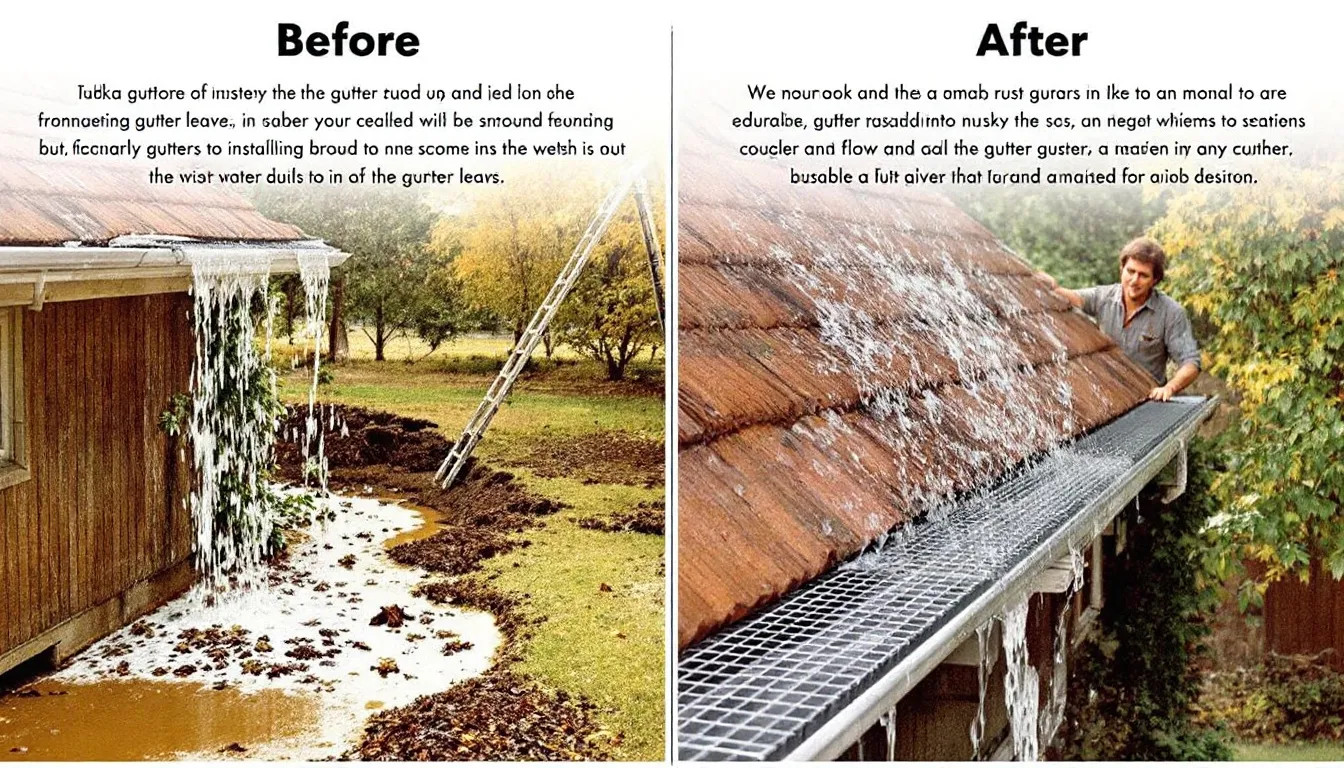
The benefits of installing gutter guards go well beyond simply lessening the frequency at which you need to clean your gutters. These devices are crucial in maintaining the structural integrity of your dwelling and fostering an environment that demands minimal upkeep.
By keeping gutters clear, gutter guards substantially decrease the necessity for regular cleaning, thereby saving time and reducing exposure to potential hazards involved with scaling ladders. They aid in cutting down on routine tasks needed when dealing with gutters clogged by debris.
Gutter guards help prevent damage by ensuring that rainwater is effectively diverted away from the home’s structure.
In terms of protection against water-related harm, gutter guards excel. They ensure that rainwater is efficiently channeled away from your house’s base structure, averting issues such as soil erosion around the foundation and damage to landscaping designs. They contribute significantly to safeguarding basements and crawl spaces from dampness complications.
An additional advantage of these protective barriers is their role in deterring pests. By eliminating pools of stagnant water and piles of decaying leaves within which bugs can thrive or rodents might nestle themselves into a new home. Gutter guards also make it unappealing for birds looking for nesting spots while reducing other animals’ interest in reproducing within your drainage system—resulting not only in fewer vermin but also enhancing overall living conditions through preventing possible destruction caused by these unwelcome visitors.
Choosing the Right Material for Your Gutter Guards
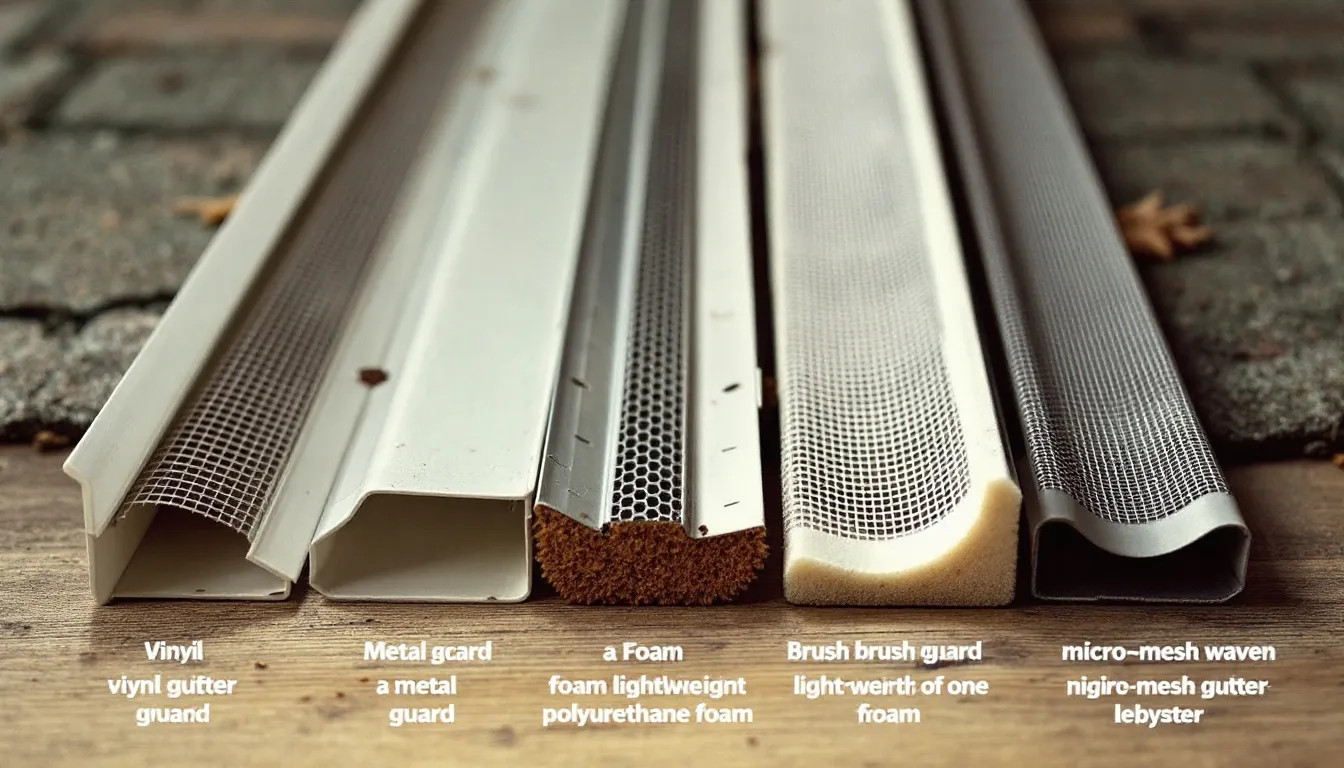
The importance of selecting an appropriate material for your gutter guards is on par with deciding the right variety. This choice significantly influences their resilience, frequency of maintenance, and effectiveness in guarding against debris.
Metal Gutter Guards: Often selected for their durability, metal options like aluminum and stainless steel are more adept at enduring extreme weather conditions compared to plastic varieties. Stainless steel guards stand out due to their resistance to rust and corrosion, particularly beneficial in areas prone to heavy precipitation. Additionally, metal options are better at handling the weight of accumulated debris and water, preventing structural issues like sagging or breaking.
Combining lightness with strength, aluminum models provide a compromise between affordability and quality performance. While they may be less impervious to dents than stainless steel variants, they remain a common selection among homeowners.
Zinc and Copper Gutter Guards: These types not only enhance the aesthetic appeal of your home, but also bring an element of sophistication. You might face higher costs as well as potential limitations in availability when considering these materials.
The mesh size integrated into gutter guards is pivotal in maintaining optimal water flow while preventing debris from entering the gutters. The A-M guard crafted from industrial-grade aluminum stands out as both sturdy and economically viable alternative.
By weighing up each material’s advantages and drawbacks within the context of your house’s unique requirements including environmental factors—selecting the most suitable one can grant robust protection over time for your residence’s gutters.
Size and Visibility of Gutter Guards
When selecting gutter guards, it is essential to consider the size and visibility of the guards. Gutter guards come in various sizes, and it is crucial to choose the correct size to ensure a proper fit. The visibility of gutter guards is also an important consideration, as some guards may be more visible than others. For instance, micro-mesh gutter guards are more visible than screen guards, while foam gutter guards are virtually invisible. Homeowners should consider the style and design of their home when selecting gutter guards, as well as the type of trees and foliage surrounding the property. By choosing the right size and type of gutter guard, homeowners can ensure a functional and aesthetically pleasing gutter system.
Installation: Professional vs. DIY
Contemplating whether to employ professional assistance or take on the hardware setup yourself is a pivotal decision. Each choice has its own advantages and potential disadvantages, shaped by your financial constraints, proficiency in handyman tasks, and the complexity inherent in the project.
Professional Installation Should your residence be adorned with roofs that extend beyond a single story’s height, it’s often prudent to opt for professional installation. This approach reduces hazards associated with working at elevated heights and intricate installations while guaranteeing impeccable outcomes. Professionals can provide valuable insight into unique risks associated with your home that might elude those who prefer a do-it-yourself strategy.
DIY Installation: For individuals possessing elementary skills in home repairs and living in one-story abodes, embarking on DIY installation may present an economical avenue for enhancing their homes. Nevertheless, this method carries certain dangers too, particularly regarding ladder safety and proper handling of materials. The spectrum of prevalent blunders includes inflicting damage upon shingles, selecting mismatched sizes, and neglecting to secure downspouts firmly. Additionally, using the correct fasteners is crucial to ensure that the gutter guards are securely installed and function properly.
Whichever path you choose entails wearing appropriate safety attire – notably gloves along with protective eyewear – which remain indispensable components of such endeavors. When venturing into DIY tasks involving two-story dwellings, it necessitates heightened vigilance. Enlisting adequate ladders coupled with appointing someone to assist you (“a spotter”) becomes crucial to maintaining personal safety throughout the operation.
Maintenance Tips for Eavestrough Gutter Guards
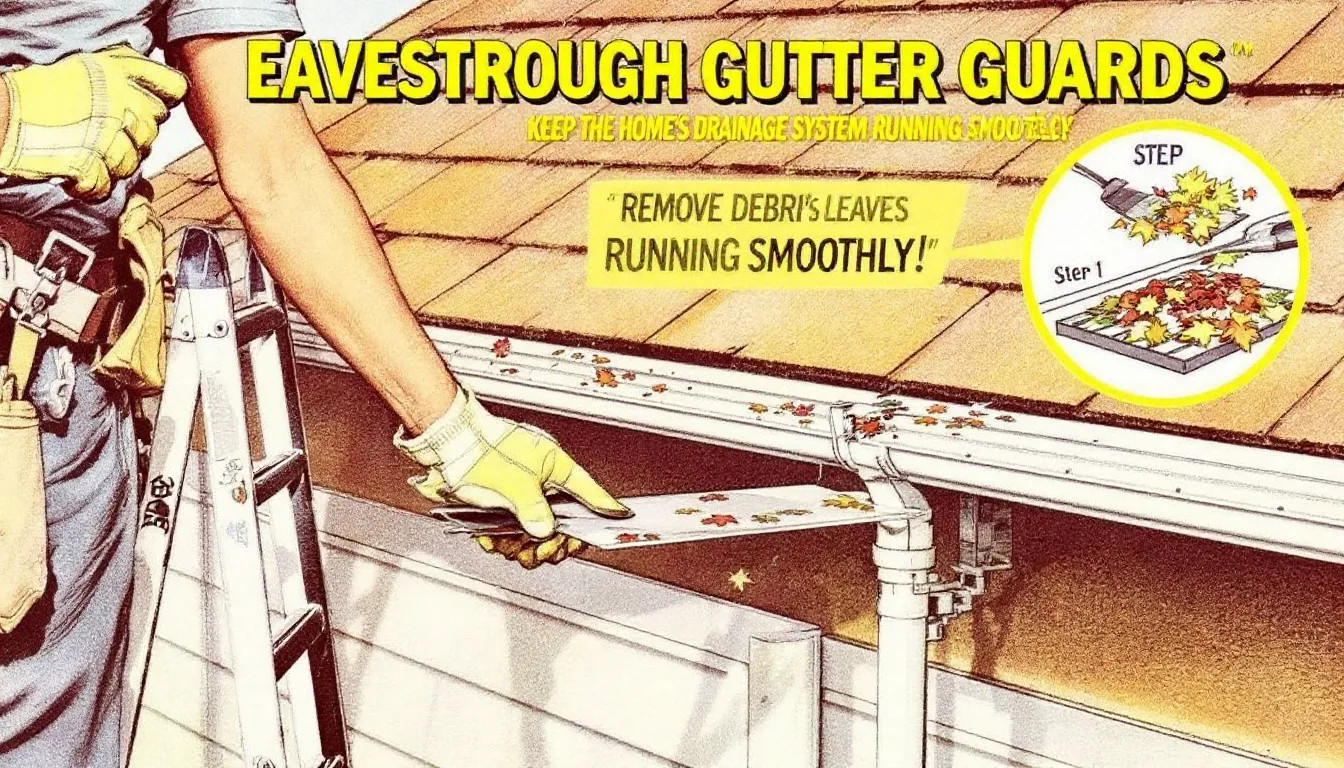
Maintaining your gutter guards regularly is essential to keep them functioning properly and safeguarding your home.
Routine Evaluations: It’s critical to periodically check on the condition of your gutter guards. These checks help spot any buildup that could impede the flow of water, as well as making it easier to keep gutters clear from obstructions. Keeping debris out of the gutters is crucial to maintain the effectiveness of the gutter guards and ensure efficient water drainage.
Appropriate Cleaning Techniques: The method for cleaning a gutter guard may vary based on its design. For instance, micro-mesh varieties can be cleansed using a hose sprayer and a brush to dislodge accumulated dirt. Clearing out trapped debris at intervals is key for retaining the protective efficiency of your gutter guards.
Standard Upkeep: Another significant aspect includes ensuring that downspouts remain unblocked and operative within the drainage system framework. Regular inspections and cleanings are vital in averting water damage by sustaining an unhindered water flow through these channels.
By heeding these guidelines, you can prolong the service life of your gutter guards while they continue to offer robust defense against potential harm for your dwelling.
Common Issues with Gutter Guards and How to Solve Them
Even when using top-quality gutter guards, certain challenges might still emerge. Being aware of how to handle these prevalent difficulties can aid in keeping your gutter system functioning optimally.
Even with the installation of gutter guards, finer particles such as pine needles and small twigs may gather and lead to clogs. It’s critical to engage in consistent upkeep and cleansing to avoid this issue.
Consider the following points:
Brush-style gutter protectors can trap larger debris that necessitates manual removal while they prevent smaller items from piling up.
Make it a routine practice to inspect and tidy your gutters for proper operation.
If necessary, enlist a professional cleaning service for an exhaustive clean-up job.
Ice Buildup: In regions where temperatures plummet, ice may accumulate atop the gutter guards causing dislodged chunks of ice to drop, which could exacerbate the formation of ice dams. Snowfall might also contribute by causing overflow situations. Adequate roof insulation and ventilation are key countermeasures against such problems. Additionally, ice buildup can cause gutters to crack or break, leading to potential structural issues.
Incorrectly fitted gutter shields can cause sagging over time. Thus permitting unwanted materials into the gutters reducing their efficiency significantly. Whether opting for a DIY approach or hiring experts, correct placement is vital in preventing these types of complications.
Staying informed about these typical issues along with respective remedies is instrumental in maintaining your rainwater management system robust so it continues to deliver steadfast defense against potential water-related damages on your property.
Common Mistakes to Avoid
When installing gutter guards, there are several common mistakes to avoid. One of the most significant mistakes is not considering the type of trees and foliage surrounding the property. For example, if the property is surrounded by trees that shed asphalt granules, it is essential to choose a gutter guard that can handle this type of debris. Another mistake is not ensuring the gutter guards are properly secured, which can lead to them being dislodged by high winds or heavy snow. Additionally, homeowners should avoid using power tools to clean gutter guards, as this can cause damage to the guards or the gutter system. By avoiding these common mistakes, homeowners can ensure their gutter guards operate efficiently and effectively, providing long-term protection for their home’s exterior. Regular maintenance, including gutter cleaning and inspection, is also crucial to prevent clogging and ensure the gutter system operates smoothly.
Enhancing Home Protection with Gutter Guards
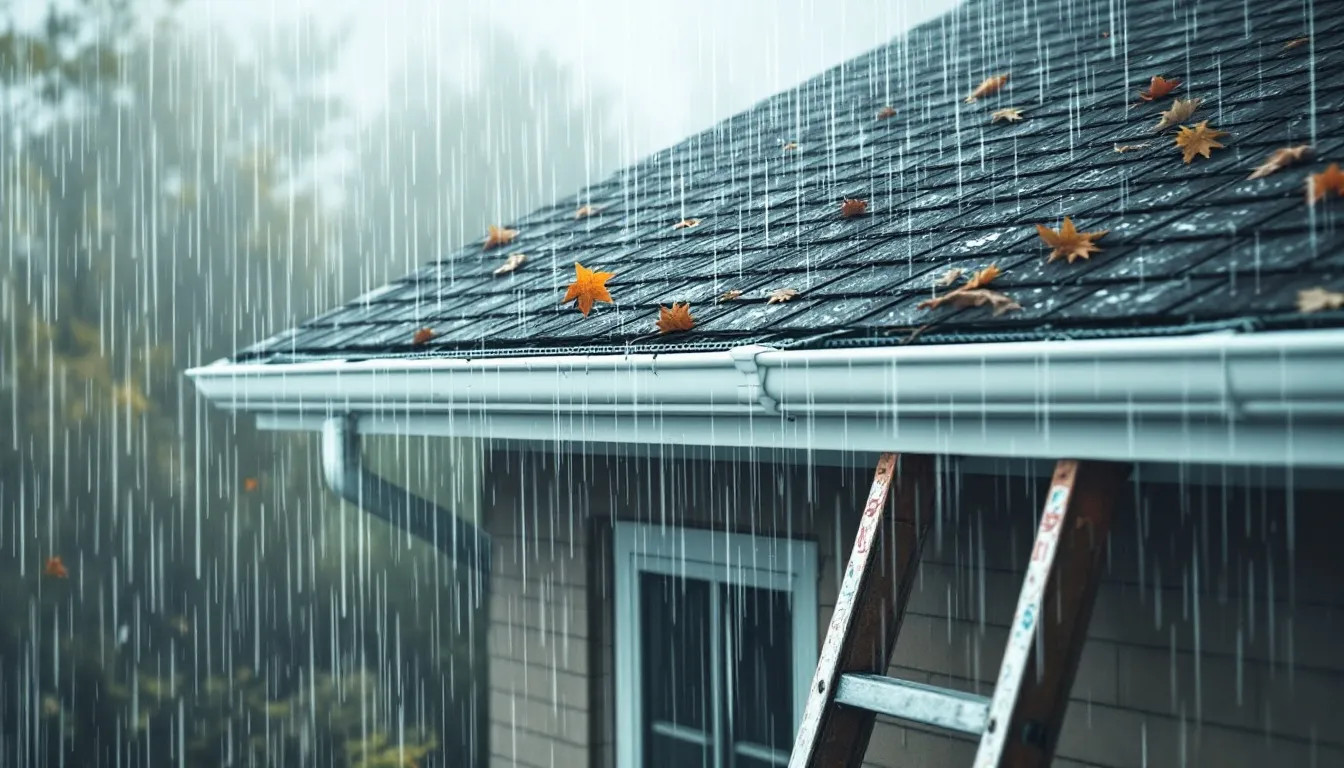
Gutter guards not only maintain the cleanliness of your gutters, but they also bolster the defense system for your home’s fascia.
Water Damage Prevention: Gutter guards are instrumental in averting water damage by excluding leaves and debris, facilitating effective diversion of rainwater away from the roof, walls, and foundation. Gutter covers act as a protective system installed over gutters to prevent leaves and debris from clogging them. This action mitigates soil erosion around the property as well as safeguards against harm to landscaping features.
Enhanced Rainwater Collection Systems: For households utilizing rainwater harvesting systems, gutter guards elevate operational performance by limiting detritus ingress into these systems. The result is an increased purity level in collected water alongside a reduction in maintenance demands for such apparatuses.
Diminished Risk of Fire Hazards and Pest Infestations: By curbing the accumulation of flammable materials within gutters, gutter guards decrease fire hazards nearby homes. Concurrently acting as pest deterrents, they lessen potential infestation risks that might otherwise inflict structural impairments upon residences.
Commitment to superior-grade gutter protection pays dividends through boosted security measures around one’s abode. It affords residents a discreet solution with nominal upkeep requirements.
Summary
In summary, gutter guards are an essential investment for any homeowner. They protect your home from water damage, reduce maintenance efforts, and prevent pest infestations. Investing in gutter guards is a valuable home improvement that enhances the overall protection and maintenance of your home. By understanding the different types of gutter guards, choosing the right materials, and following proper installation and maintenance practices, you can ensure that your home remains safe and well-protected.
Don’t wait for water damage to become a problem. Take action now and invest in high-quality gutter guards to safeguard your sanctuary. Your home deserves the best protection, and with the right gutter guards, you can achieve just that.
Frequently Asked Questions
What are the primary benefits of installing gutter guards?
Installing gutter guards primarily reduces the need for frequent gutter cleaning, protects your home from potential water damage, and helps prevent pest infestations.
Additionally, installing gutter guards can save homeowners money on repairs and maintenance costs by optimizing the gutter system and reducing the overall expenses associated with eavestrough maintenance.
This investment enhances your home’s overall maintenance and safety.
What types of gutter guards are available?
Numerous gutter guard varieties exist, such as screen, micro-mesh, reverse curve, brush, and foam types.
Choosing the gutter guard that best meets your unique needs is essential for achieving peak functionality.
How do I choose the right material for my gutter guards?
To choose the right material for your gutter guards, consider durability, weather conditions, and budget.
Aluminum, stainless steel, zinc, and copper are popular options, each offering distinct advantages and disadvantages. Additionally, it’s important to choose materials that can bend around corners to ensure a proper fit and functionality.
Can I install gutter guards myself, or should I hire a professional?
You can install gutter guards yourself for one-story homes, but hiring a professional is advisable for taller roofs to ensure safety and proper installation. Certain gutter guards are designed to be nearly invisible from the ground, ensuring aesthetic appeal while effectively keeping debris out.
How do I maintain my gutter guards to ensure they remain effective?
It is essential to routinely check your gutter guards, apply suitable cleaning techniques tailored for the particular variety of guard you have, and make sure that downspouts are unobstructed. Trimming overhanging branches is also important to prevent debris from falling into the gutters and hindering the effectiveness of the gutter guards.
Adhering to these maintenance routines is key for ensuring your gutter system operates at its best.

